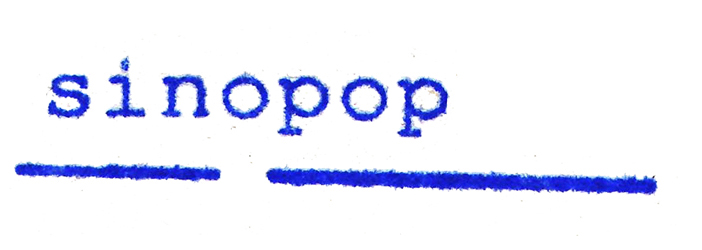Sui Jianguo: Revealing Traces

Joy Art: April 19-May 30
Curatorial text / Liu Ding
For many years Sui Jianguo has used his art practice to contemplate and expand upon sculptural concepts and forms. He also employs related media, video, installation and performance to reflect and discuss the changing patterns in our social lives and the forces and mechanisms that shape our social patterns. In Joy Art’s second project “Revealing Traces” Sui Jianguo unfolds his research through the extracting and presentation of molding and the enlargement process of a small clay model; he also examines the social phenomenon that is the transformation of individual will into the public will.
Generally, in the sculpture creation process, the sculptor first makes a complete small-scale model, workers then enlarge it to the artist’s specified dimensions, and lastly it is molded into an artwork in a different material. In the “Revealed Fragments” project, Sui Jianguo personally created small-scale clay models of three different forms, he then intentionally covered their surfaces with his fingerprints. According to the general procedures for modeling and enlargement of these small sculptural models, Sui used workers to first mold his clay models into silica gel molds, then from these molds they were molded into plaster; following this, a laser mapped out the appearance of the plaster model and marked coordinate locations on a grid. This “virtual grid” of the plaster model was then enlarged more than 10 times according to an actual and comprehensive positioning system; these circular coordinates were blown up according to a “circular enlargement” process. An iron frame and wooden supports were constructed according to the requirements dictated by the new dimensions; then wooden rings were built around the wooden supports. Accordingly, the sculpture’s clay frame was built upon these wooden rings, thus completing the basic mold for the enlarged model. The workers then completed the model according to the now enlarged circular coordinates, accurately representing the handprints of the artist’s original model. Ultimately, the artist’s clay sculpture is perfectly enlarged ten times its original size; it becomes an enormous sculpture with monumental quality.
Throughout this process, by virtue of the integrated and established procedures for enlarging and creating a public sculpture, the artist’s private imprint and haphazard impressions on the original clay model are translated into a public sculptural product. This enlarged sculptural product embodies the artist’s “personal imprint” that has undergone a revealing process of magnification that holds nothing back from the public, thus evolving into its public existence and experience. This is a logical manufacturing method controlled by regulations and procedures that are executed by others, and the sculptural product’s monumental weight endows it with a “personal imprint” that exceeds the individual experience and enters the conduits and the very foundation of the public sphere. Ten years ago Sui Jianguo appropriated manufactured goods in order to completely eliminate any traces of his personal experience from his sculptures, thus transforming them into contemporary art works whose existence is deciphered within the context of public culture. Ten years later, in “Revealing Traces” the artist sculpts his own haphazard imprint; through this public amplifier he enlarges them, thus achieving a communal process. Once one’s personal fingerprints have been enlarged, it appears as if a giant has left behind an imprint; from individual to a colossus, from average person to god, from personal to public, or from a real person to a superman, these become testimony to the existence of something personal, yet also impersonal. Amidst all this, the system that achieves these sculptures’ magnification assumes a major role.
No matter if they set out to achieve a personal goal or to realize society’s collective vision, they all require the transformation of the individual will into the public will. This is a classical issue, and up until today we are still instinctually using this method. In our society, from the production process, to the formation of life, to the institution of public rules, from the writing and transmission of culture, the establishment of moral standards, and from beginning to the end, individual determination is magnified through various methods and channels, recapitulating and transforming the public will, thus determining our rights and our legitimacy.
“Revealing Traces” is not merely a discussion on the subjectivity of the artist’s ideas or of the transformation of an individual’s imprint; on a broader level it reveals the source of the public will: the personal desires, aspirations, ambitions, ideology and values of the individual. Even though the manufacturing process is executed and manipulated by others, it is rationally produced, and its propagation and circulation is completely impersonal; the result is the enlargement and intensification of the individual’s desires and existence. Draped as a cloak of universality and legitimacy, this kind of existence is concealed everywhere around us, and it governs us through its various resurgent devices. These anonymous and invisible forces impose a powerful influence on society, from architectural entities, urban planning, intangible social rules, moral concepts, value judgments and even to national ideology. In such a reality, “History has withered to become the now, everything revolves around the individual’s personal gain and the individual’s life.”
translation by Lee Ambrozy













